Become a Species Champion
Do your part to protect a globally threatened bird that means the most to you.
As a global Partnership, we believe in internationalism. We have translated as much content in your language as our resources allow. Please visit the English language site to view all of our content.
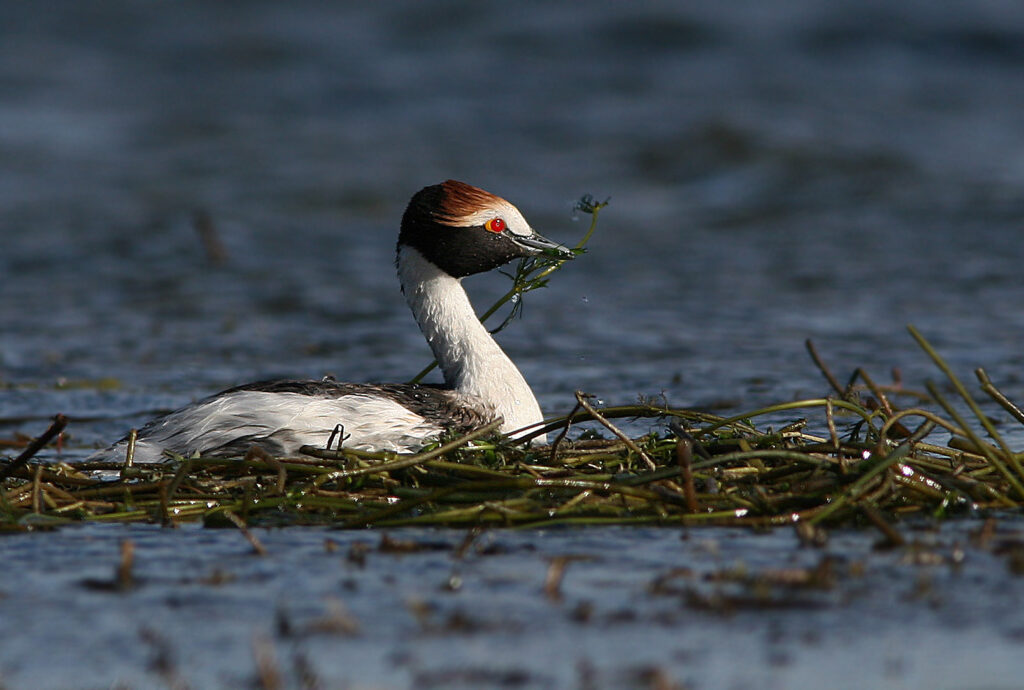
A decade ago, BirdLife created a program to stop birds from going extinct as a result of human activity. Here are some of its successes.
At its 2008 World Congress, BirdLife launched the Preventing Extinctions Programme, bringing together the whole Partnership’s species conservation efforts. The underlying principle was simple: “BirdLife couldn’t, with a clear conscience, stand by while bird extinctions continue as a result of human activity,” says Jim Lawrence, BirdLife Global Marketing Manager. “While extinctions will sadly happen, we can’t and won’t accept that they are inevitable, and will strive to take action, either directly or through advocacy.” Underpinned by BirdLife’s science, often supported by ‘Species Champions’ who provide funding, and working through local ‘Species Guardians’ (frequently BirdLife Partners), the Programme has helped at least 483 threatened species, many Critically Endangered. That’s a mighty list to choose from – but what are the Programme’s greatest success stories to date?
by James Lowen
Above: the Hooded grebe is just one bird that might have gone extinct without conservation. Photo © Juan María Raggio
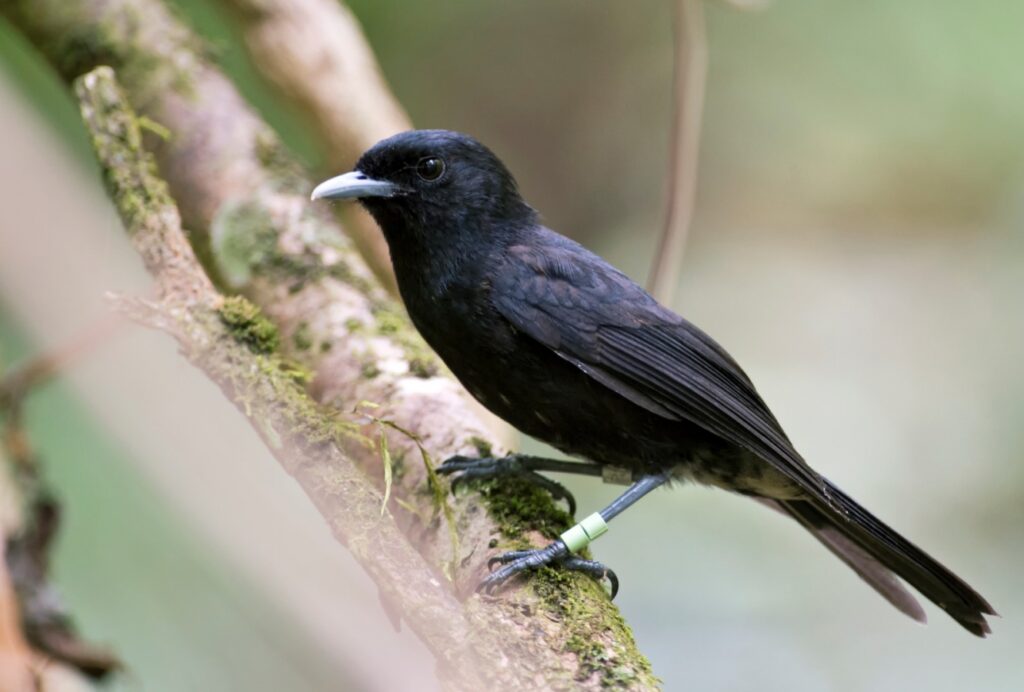
1. Back from just 19 birds
In relation to land area, nowhere has more threatened birds than the Pacific. Many evolved on tiny islands, thriving without predators or competitors. Then Man arrived, introducing non-native plants and animals, with devastating consequences. Twenty years ago, just 19 Tahiti Monarchs Pomarea nigra could be located on Tahiti. These final survivors had to contend with not one, but nine invasive species. SOP Manu (BirdLife in French Polynesia) has literally rescued the Monarchs from the jaws of defeat, controlling predators as diverse as cats, mynas, rats and ants, and in 2017, 70 monarchs were counted. The next stage will be to translocate birds to a location where these predators are absent.
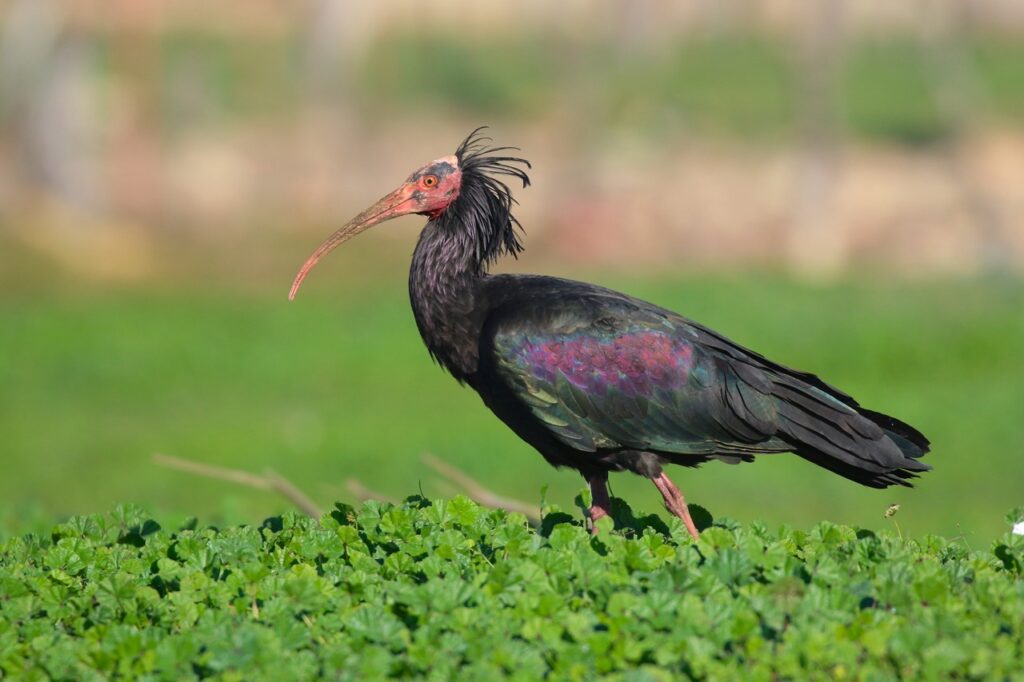
2. Finding new places to breed
It seems apt that a spectacular bird once mummified to accompany ancient Egyptian royalty into the afterlife should count European royalty amongst its present-day supporters. Alongside ZEISS, HSH Prince Albert II of Monaco is a Species Champion for the Northern Bald Ibis Geronticus eremita. Once widespread through the Mediterranean, this species now breeds in the wild only in Morocco, and is considered Critically Endangered. However, following two decades of colony protection, with support from GREPOM (BirdLife in Morocco), Morocco’s population has soared from 59 pairs in 1997 to 600 birds in 2016. Even better, pairs bred at two new sites last year.
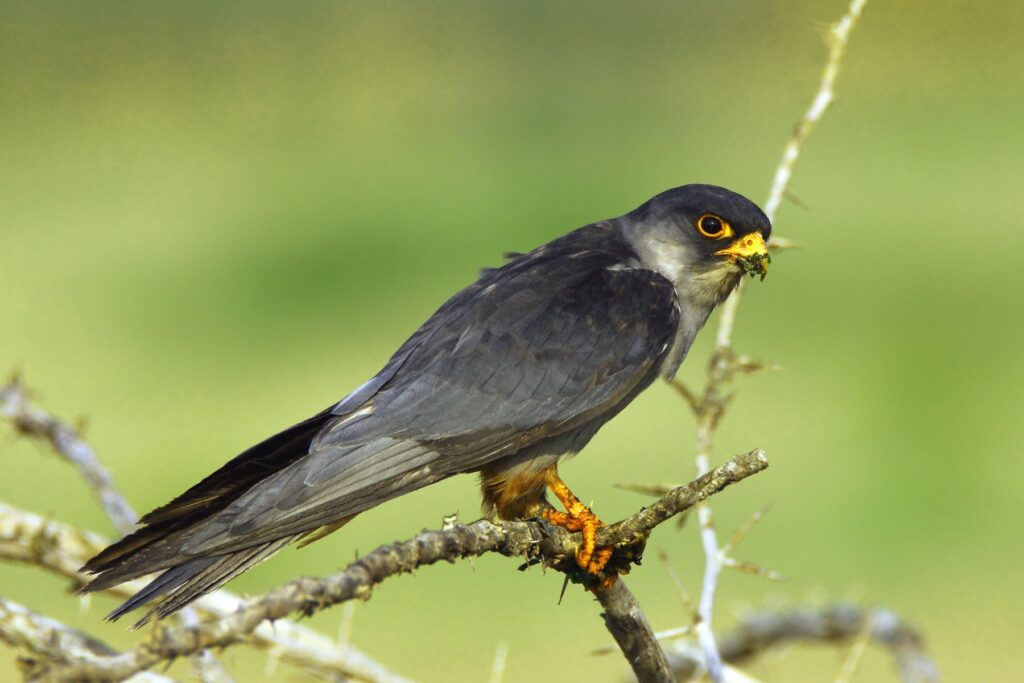
3. From foe to friend
In 2012, some 100,000 migrating Amur Falcons Falco amurensis were trapped in Nagaland, India – then slaughtered for food. Alerted by a video of the massacre that subsequently went viral, Bombay Natural History Society (BNHS, BirdLife in India) marshalled an emergency response that saw trappers swiftly arrested and their nets destroyed. BNHS then engineered an engagement programme that has transformed local attitudes: Nagaland’s Chief Minister calls the falcons “esteemed guests”. After five years of conservation action, the safe passage of a million Amur Falcons is again assured: not a single falcon is known to have been killed for the plate since 2012. Instead, the migrating birds now provide a feast for the eyes.
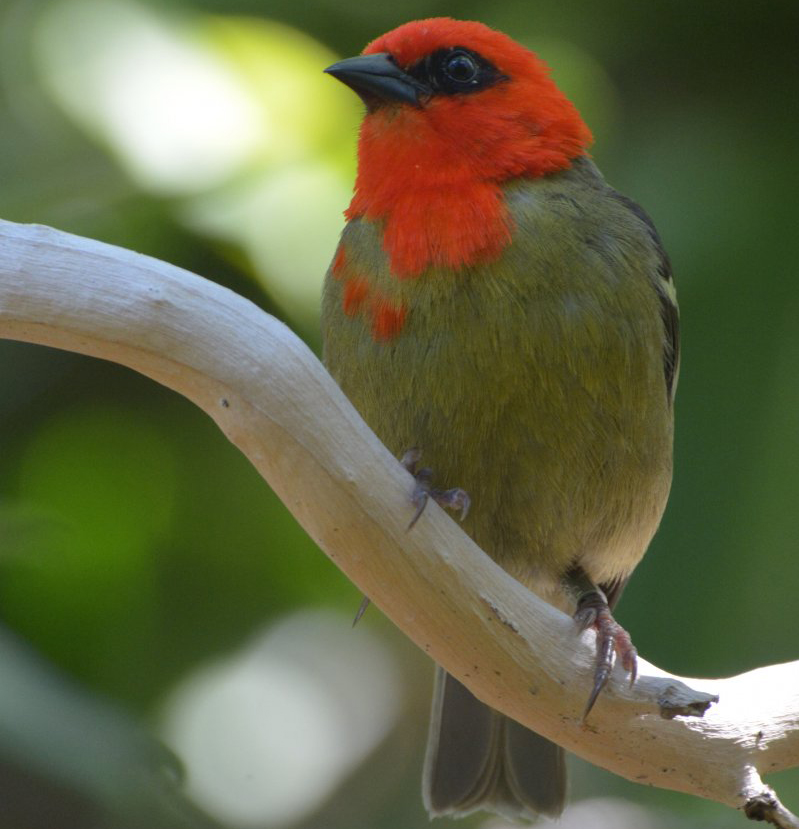
4. Saving island birds
Two Indian Ocean island states famously illustrate how dedicated action can reverse the fortunes of the world’s rarest birds. Thanks to the Mauritian Wildlife Foundation (BirdLife Partner), the legendary salvation of the Mauritius Kestrel Falco punctatus has been used as a model to save other species, including ongoing population increases since 2008 for Echo Parakeet Alexandrinus eques, Rodrigues Warbler Acrocephalus rodericanus, Mauritius Fody Foudia rubra (pictured) and Rodrigues Fody Foudia flavicans. In Seychelles, several species have seen similar recoveries through innovative conservation action by Nature Seychelles (BirdLife Partner). Most remarkably, in 2015, Seychelles Warbler Acrocephalus sechellensis was re-categorised as Near Threatened – an astonishing turnaround from the nadir of 30 birds precisely 50 years ago.
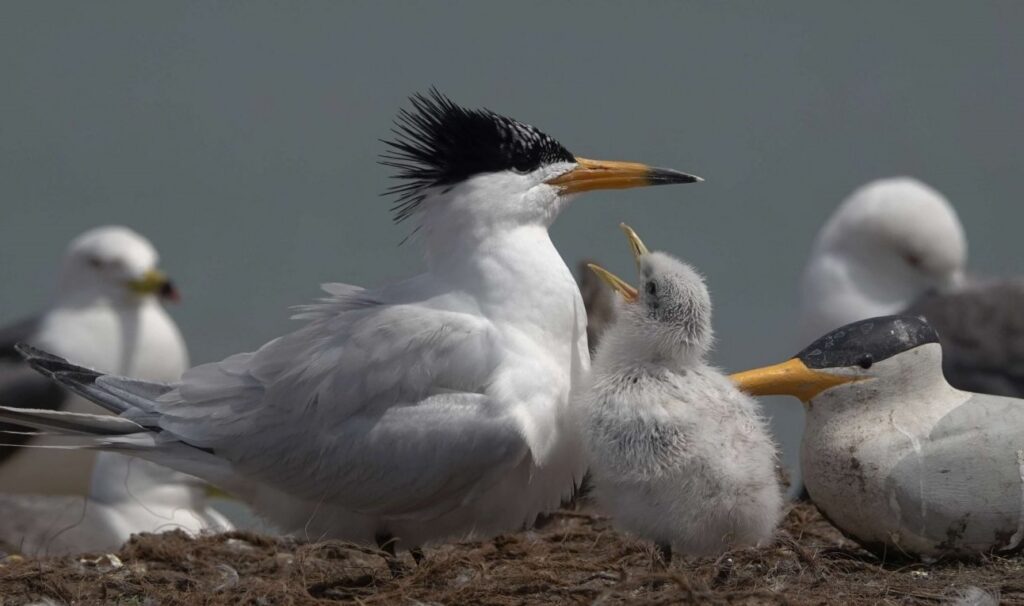
5. Once presumed extinct, now back from the brink
As the Millennium dawned, Chinese Crested Tern Thalasseus bernsteini was presumed long extinct. Fifteen years later, 16 chicks fledged at a colony in eastern China, after conservationists including BirdLife attracted birds to Tiedun Dao island through decoy models and audio systems playing tern calls. In 2016, Burung Indonesia (BirdLife Partner) confirmed a new wintering site in eastern Indonesia. In 2017, things improved further when birds were discovered breeding in South Korea, where BirdLife is now supporting the Government to safeguard the new nesting site. The Chinese Crested Tern may remain Critically Endangered – the highest possible threat category – but at least it has been spared an entry in the log of extinct species.
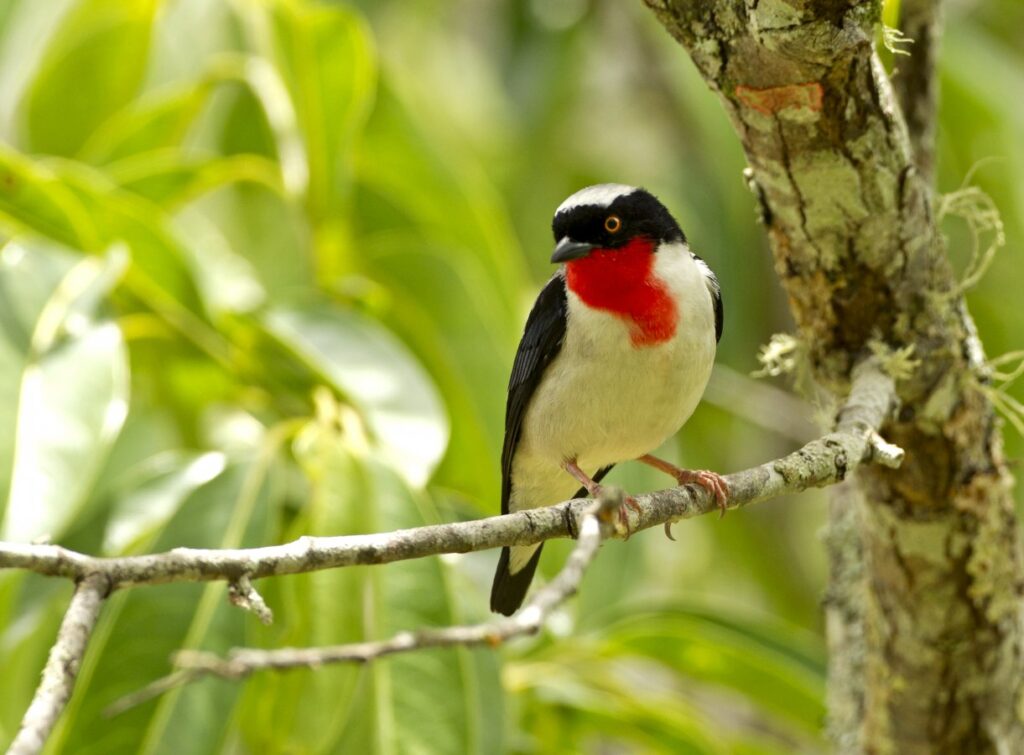
6. Creating a refuge for the bird that went missing for over a century
Sometimes, Roger Safford (BirdLife Senior Programme Manager, Preventing Extinctions) suggests, successful conservation can involve a simple concept: “If a forest occupied by a Critically Endangered species is large enough, properly protected and well-managed, the bird involved should survive.” The Cherry-throated Tanager Nemosia rourei illustrates Safford’s point. This striking Brazilian endemic was an enigma for 120 years until its 1998 rediscovery. There may be as few as 50 birds left, all in Espírito Santo’s remnant Atlantic Forest. In 2017, thanks to support from BirdLife Species Champion Urs-Peter Stäuble, SAVE Brasil (BirdLife Partner) helped Grupo Águia Branca (a major Brazilian company) to create a 1,688-hectare private reserve. Work now continues to secure protection for another patch of habitat known to harbour the species.
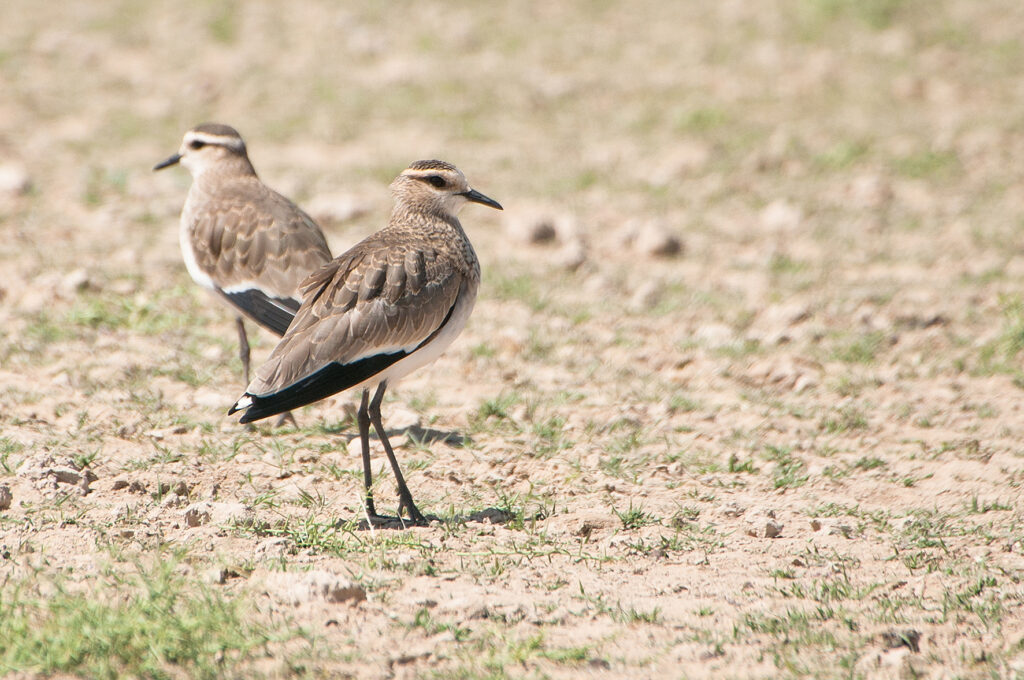
7. Supporting a migrating bird across 14 countries
“One reason for the Programme’s success,” says Lawrence, “is the ‘Power of Many’ afforded by the BirdLife Partnership.” This is particularly apparent in wide-ranging migratory species such as the Sociable Lapwing Vanellus gregarius (Critically Endangered), which breeds in Russia and Kazakhstan, then migrates through 14 countries to winter in north-east Africa, the Middle East and South Asia. Supported by Species Champion Swarovski Optik, BirdLife Partners collaborated on a satellite-tagging project, revealing unknown wintering grounds and pinpointing key staging posts along the wader’s route. “At one location we discovered a flock of 3,200 lapwings – more than we thought existed worldwide!” says Lawrence.
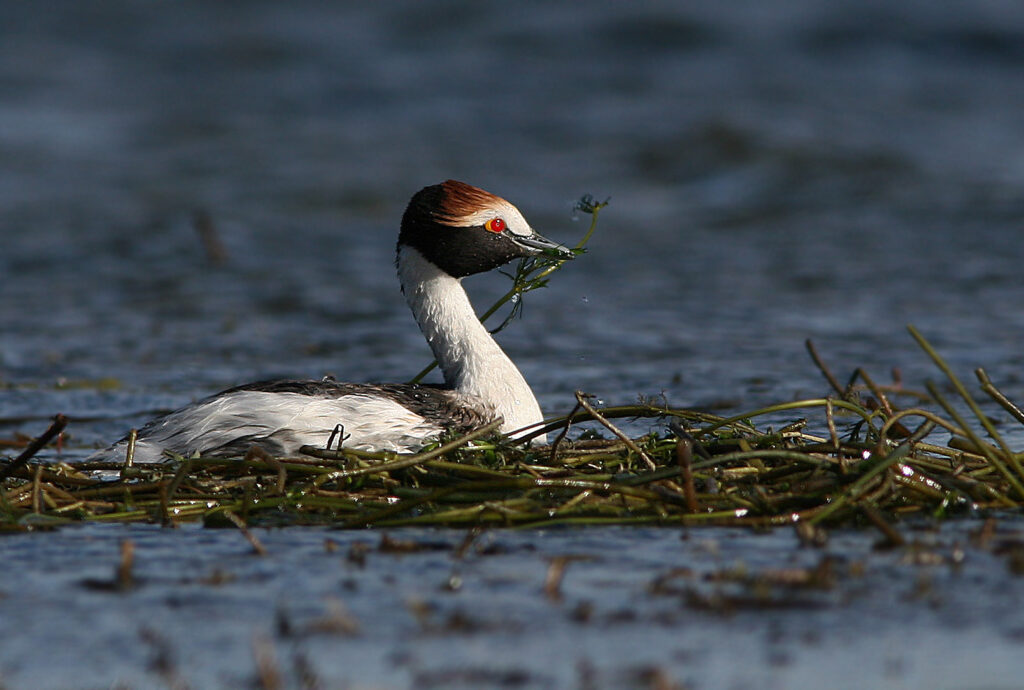
8. Going viral for conservation
At the 2008 BirdLife World Congress in Argentina, where the programme was launched, corridors hummed with concerns about the perilous status of a remarkable local waterbird. Hooded Grebe Podiceps gallardoi numbers had slumped by 80% in 25 years. In response, BirdLife upped its threat status to Critically Endangered and Aves Argentinas (BirdLife in Argentina) initiated a conservation programme that has catapulted this stunning creature to international stardom (via an internet video reaching 20 million viewers). Aves Argentinas has identified and combatted numerous threats to the grebe’s existence, including securing the designation of a new national park. Although populations have now stabilised, Aves Argentinas is increasingly worried about a new threat from a hydroelectric dam.
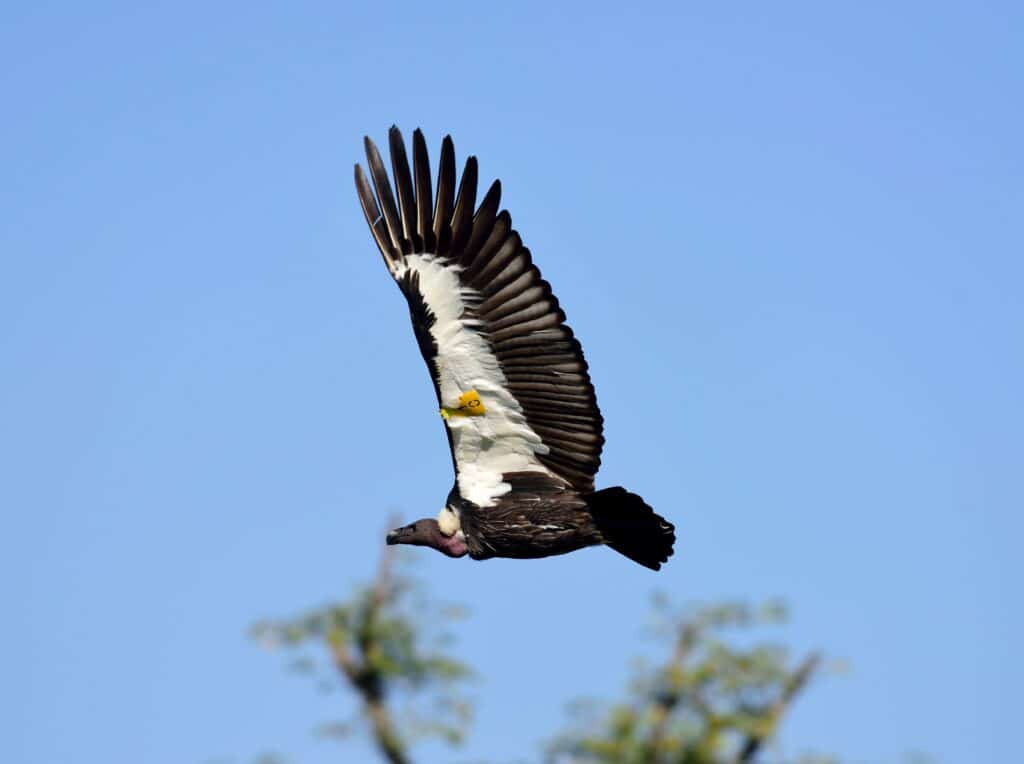
9. Policy in action
South Asia’s formerly super-abundant vultures were brought to near-extinction by a drug administered to a ubiquitous domestic animal. Treating cattle with diclofenac killed many millions of White-rumped Vultures Gyps bengalensis (whose numbers plummeted by 99.9% in a frighteningly short time) and fellow carcass-feeders. BNHS (BirdLife in India), Bird Conservation Nepal (BirdLife Partner) and authorities in Pakistan and Bangladesh (with support from UK BirdLife Partner the RSPB, who also contributed significantly to several of the other successes described here, especially concerning Northern Bald Ibis, Spoon-billed Sandpiper and Sociable Lapwing) blew the whistle on diclofenac, and the painkiller was banned for veterinary use in all four countries. But our work is not yet done. “BNHS later discovered a loophole – the use of large vials of human formulations of diclofenac – and persuaded the Indian Government to ban these in 2015,” says Lawrence.
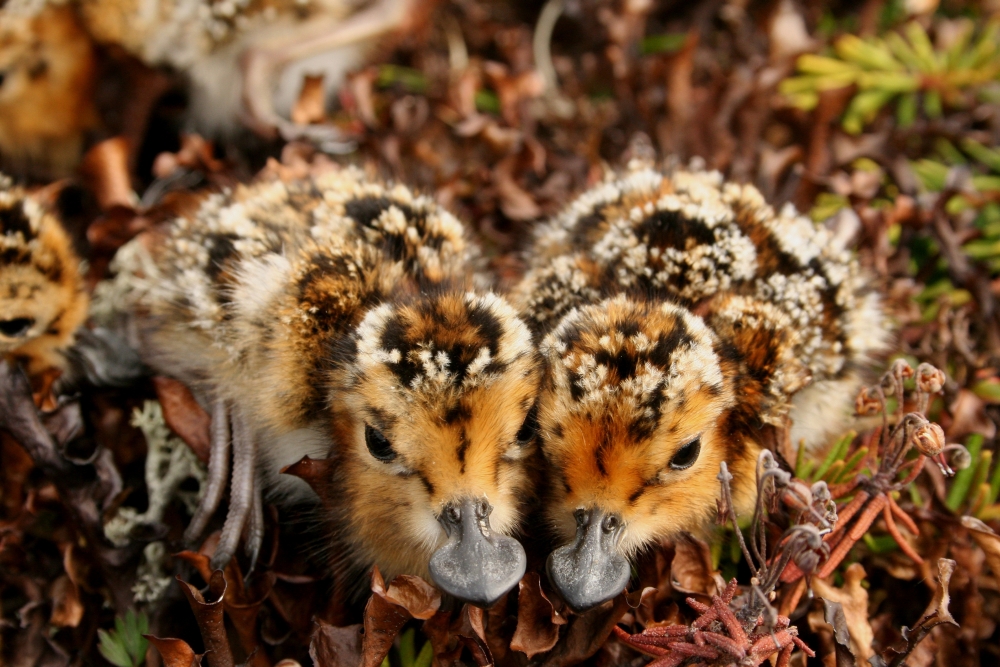
10. A task force to save ‘spoonie’
In the 1970s, 2,000 Spoon-billed Sandpiper Calidris pygmaea pairs bred in north-east Russia. Thirty years on, there were 90% fewer. Extinction seemed imminent. BirdLife is part of the Spoon-billed Sandpiper Task Force, an international partnership addressing threats across the wader’s range, which extends south to wintering grounds in Thailand and Myanmar. One Species Champion, Heritage Expeditions, is supporting action by transporting conservationists and their equipment, helping them discover new breeding sites and release locally captive-raised birds into the wild. The Chinese Government, meanwhile, halted coastal land reclamation in 2018, a boost to ‘Spoonies’ and millions of other migratory shorebirds using the East Asian-Australasian Flyway.
Do your part to protect a globally threatened bird that means the most to you.
Our evidence-backed approach ensures your money will always go where it’s needed most.